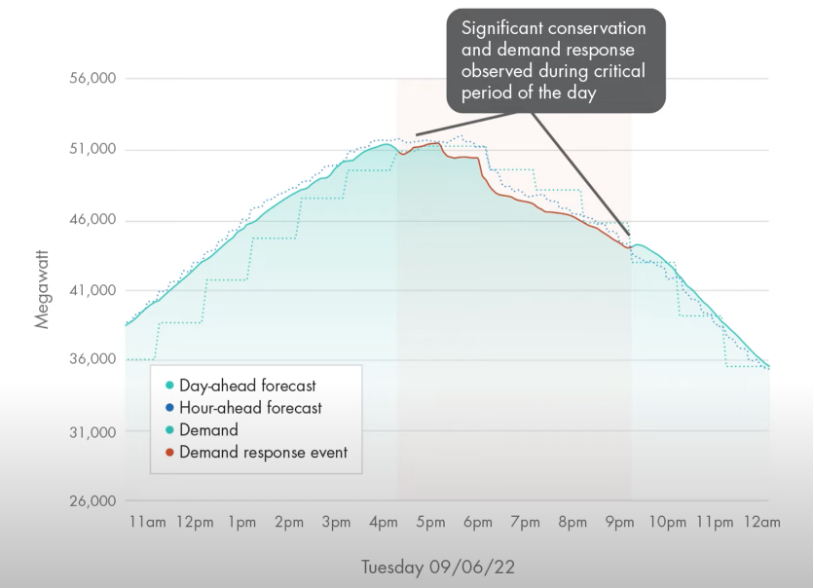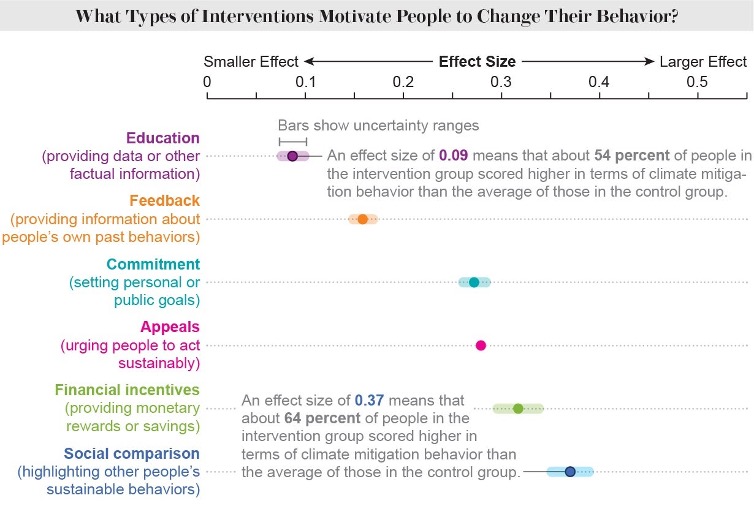Getting people ready for energy’s next decade

This article was originally posted on LinkedIn.
Summer’s here, and demand challenges are back on every energy provider’s mind. People typically use the most electricity this time of year. In fact, on some state’s hottest days, air conditioning can account for more than 70% of peak residential demand. Utilities prepare for this challenge every summer, but risks of supply shortages during extreme heat events are becoming more common in nearly every region of the country due to climate change. We can all play a more active role in the way we use energy to meet the challenge of growing demand and keep people safe as the summers get hotter, especially as we continue the transition to more renewable energy.
As we know, energy efficiency is essential to reducing demand across the board. That’s step one. The next fundamental pillar for lowering energy use is demand response, particularly when periods of peak energy use overlap with extreme weather in both summer and winter.
When the electric grid is stressed for an extended period or during an emergency event, energy providers face tough choices for their communities. They can add capacity by turning on reserved fossil fuel power plants that often cost the most to operate and produce the highest levels of greenhouse gas (GHG) emissions. However, this is not as easy as flipping a switch. It takes time, staff and in many cases, means generating more supply than is necessary. The other option is to reduce demand by temporarily shutting off power to some areas of their community. These power outages cause major safety concerns, especially under conditions of extreme heat or cold. For people who experience food insecurity or require the use of medical devices, food spoilage or lack of power for their devices due to outages can quickly become life threatening.
The best option that utilities and local or state governments have is to ask everyone in their community to contribute by voluntarily trimming energy use during times of peak demand. These initiatives or programs are called demand response, and participation can make a significant difference in times of crisis.
The power of participation
During last September’s extreme heat wave in California, the state’s Independent System Operator (ISO) encouraged customers to use less energy many times by posting a call to action on social media and sending notifications to folks who signed up to receive alerts. Many people responded to the call and came through with about 1,000 megawatts of demand savings. This made a big difference, but the heat intensified, and demand reached a record-high load of 52,061 megawatts. The ISO declared a level 3 Energy Emergency and notified utilities to prepare for rotating outages. In a final effort to avoid the blackouts, the Governor sent an emergency text alert asking about 27 million Californians in the affected area to immediately conserve energy. Once again, people stepped up. This time, over a 30 minute period, they reduced demand by 2,000–2,500 megawatts and ensured no one in their community experienced a power outage.

One small setting change on a thermostat of two to three degrees can contribute significant demand savings during these peak times, and participants will barely experience the difference. A small discomfort when compared to a power outage. Even better is when people enroll in a utility’s demand response program ahead of time and enable these small adjustments to happen automatically.
Many utilities offer rewards-based programs that pay people for proactively participating in demand response events. You may see programs advertising free smart thermostats or large rebates on other connected devices like hot water heaters in exchange for your participation. These devices make demand response faster and easier to manage. Plus, by saving energy they also reduce energy bills.
CLEAResult has delivered and installed hundreds of thousands of devices to people’s homes on behalf of our utility clients. The most common reason people don’t participate is lack of awareness or distrust because the offer sounds too good to be true. “Why would my energy provider pay me to save money and use less energy? What’s in it for them?”
The answer lies at the heart of a utility’s primary purpose—to deliver safe, reliable energy 24/7.
Taking action together, as fast as possible
While demand response helps people and utilities react to peak energy use, homes and businesses are also adding more on-site generation and storage that increase the grid’s available energy supply. These technologies are part of a broader category known as distributed energy resources, and their growing adoption is already making an impact.
The New England ISO’s new 10-year forecast shows that the increased adoption of energy efficiency solutions and solar power has led to 20% of today’s total system capacity being provided by distributed energy resources. That’s an amazing accomplishment for these utility-led efficiency programs and the communities they serve. Energy efficiency alone is projected to save the region more than 11,500 GWh in 2023. These savings are significant, and demand response is how we can all help bridge the supply gap as annual electricity demand is expected to grow by an average of 2.3% over the next 10 years.
Getting people ready for energy’s next decade is about growing participation in these key programs as fast as possible. The technology is available to automate the process, but people have to participate for the programs to work.
Your voice matters!
Beyond participating in these programs, another step we can all take is to spread the word. The Proceedings of the National Academy of Sciences USA recently released new research that looked at over 400 studies on how best to shift people’s behaviors toward more sustainable choices. Social comparison, as it turns out, is the best way to motivate people to make a change. Financial incentives, like those used in rewards-based demand response programs, followed close behind.

Is there a heat wave coming your way? Talk to your friends and coworkers about how you’re planning to lower your thermostat and help out. Businesses can spread the word through companywide emails or meetings that encourage energy conservation. Those seemingly unimportant conversations can have a huge impact on shifting people’s mindset on how they use energy.
The bottom line is that being an advocate matters, and all our efforts add up. Demand response doesn’t change people’s reliance on the grid, but it does give people a meaningful way to contribute to its reliability. By making program participation easy and connecting the dots between grid reliability and sustainability, everyone can get involved and inspire others to do the same. Together, we can save our planet and one another from the dangers of climate change.
Stay safe this summer and enjoy those sunny days. There’s a whole lot of positive momentum, and I’m excited for what we can achieve together in energy’s next decade.
Thank you for reading,
Rich